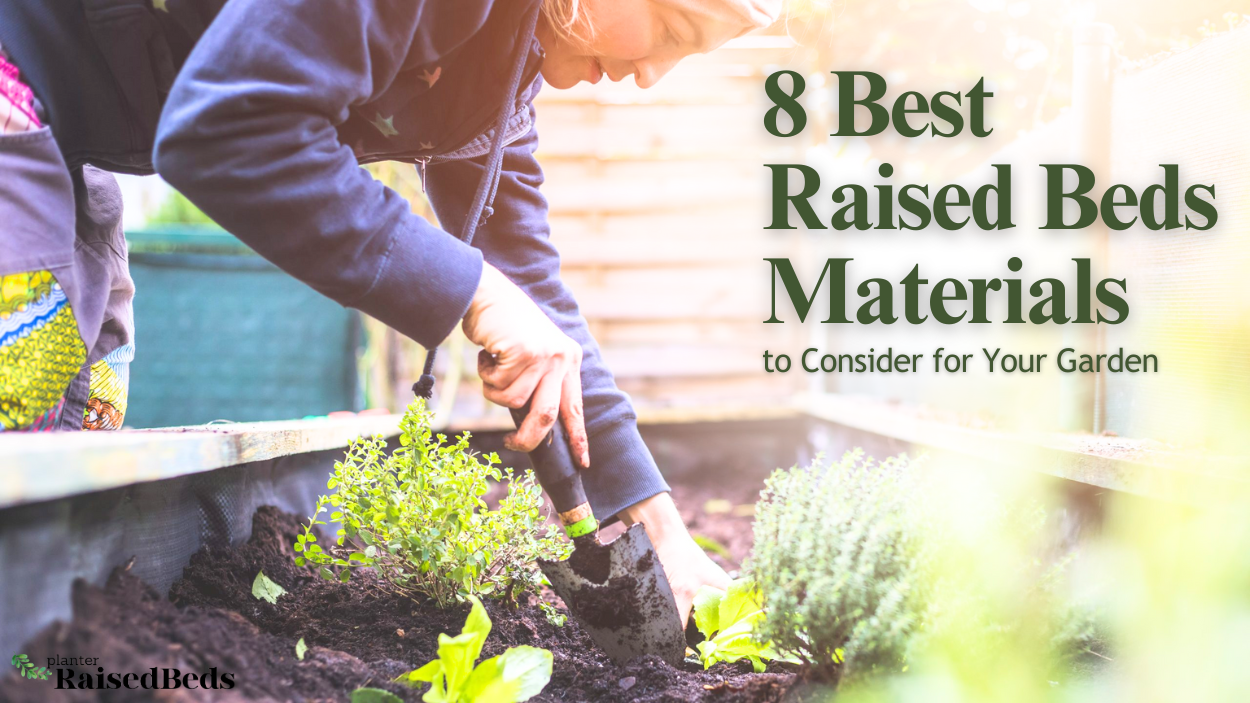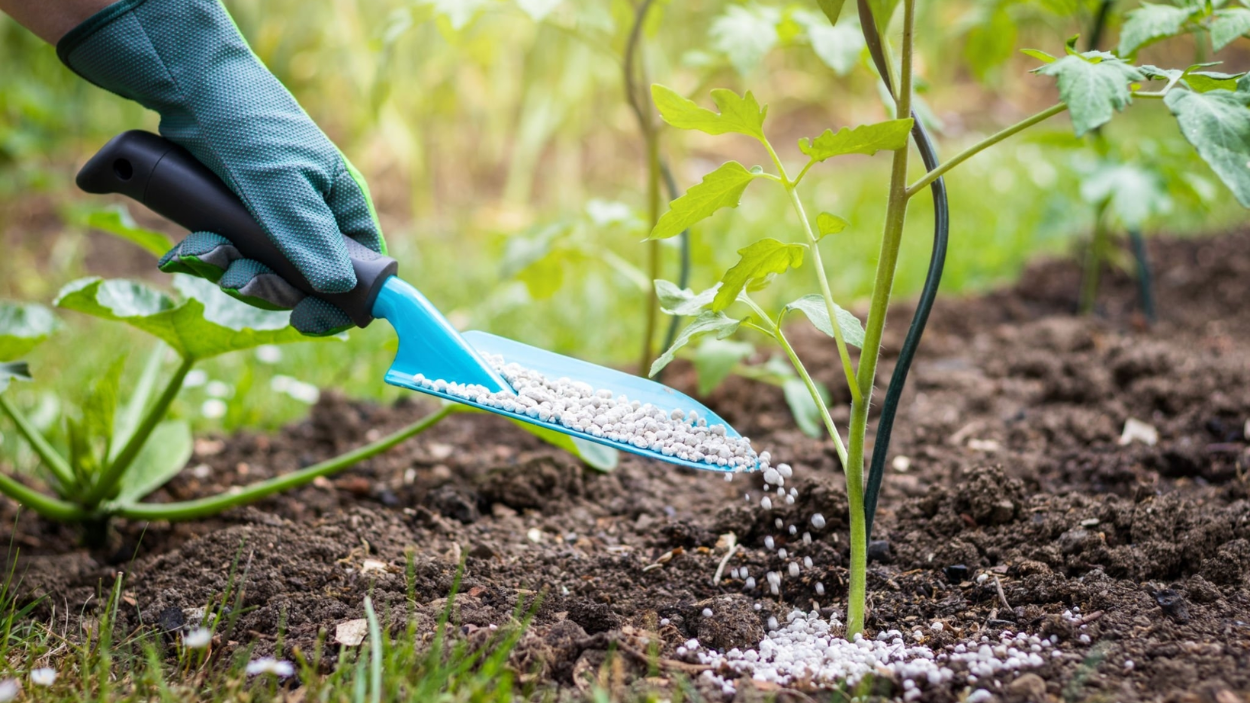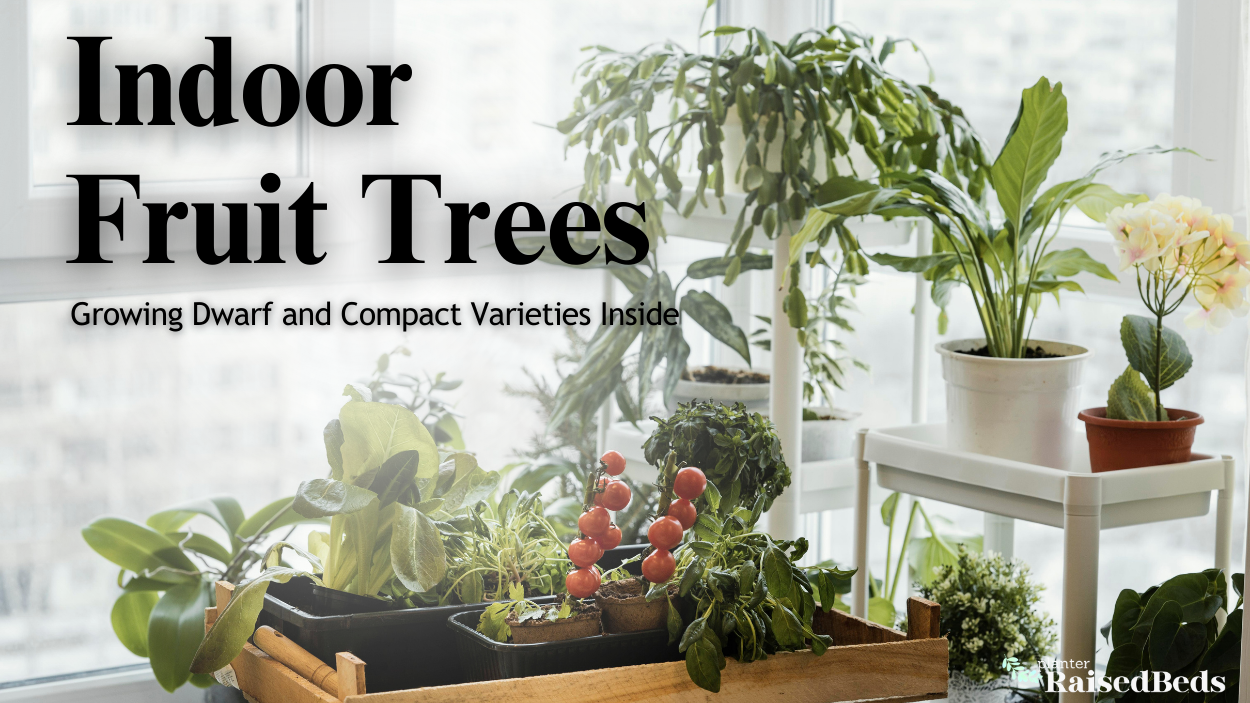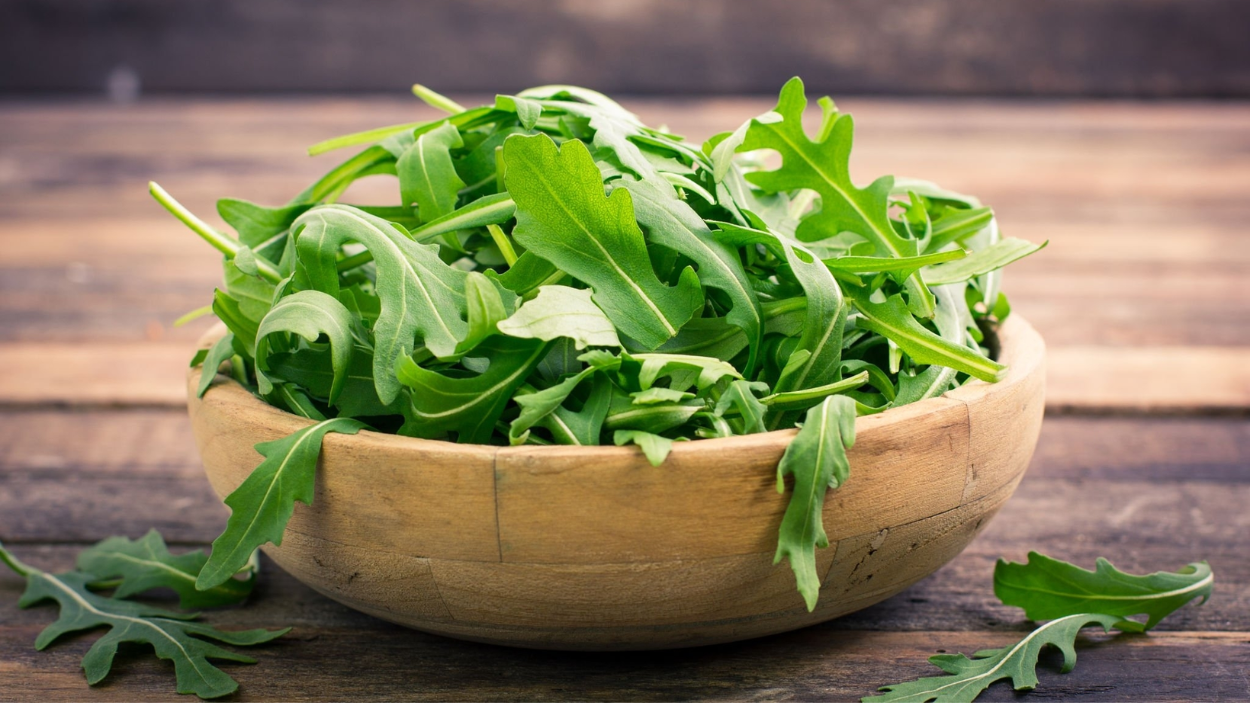The three basic materials I would recommend here are concrete blocks, galvanized steel, and plastic. I am going to take into consideration their cost, availability, and sustainability and give out recommendations for your gardening. Because each material has its advantages and disadvantages, you should carefully think about your demands for the yard before purchasing the best material for raised garden beds.
In-Depth Reviews of the 3 Best Materials for Raised Garden Beds
1. Concrete blocks
Raised beds for plants made of concrete blocks are a reliable and adaptable way to design a place for growing. They are more durable than other elements and can be built in a variety of dimensions and shapes. However, they might be the heaviest and most challenging to adjust, and proper drainage systems need to be made to avoid problems. In general, they are a wonderful choice for gardeners looking for a low-maintenance raised bed solution, but particular attention should be paid to the requirements for their plants and the conditions of their backyard.
2. Metal-galvanized steel
Another common choice for constructing a useful and appealing gardening environment is metal-galvanized steel raised garden beds. These beds are made by stacking metal panels that have been zinc-coated to resist corrosion, resulting in a raised bed with defined borders. The resilience and lifespan of metal-galvanized steel for a raised garden bed are one of its main advantages. They are insect, rot, and weather resistant, making them a low-maintenance solution for long-term use. Furthermore, they are simple to assemble and disassemble, making them an appealing option for those who may need to relocate their garden bed over time. However, because of the zinc coating, metal-galvanized steel raised garden beds may not be suitable for plants that require acidic soil pH levels.
3. Plastic
Plastic raised gardening beds are a light and cost-effective way to create a raised plant bed. They are made by combining plastic sheets to form a defined bed border. The inexpensive cost and mobility of plastic for a raised garden bed are the two benefits. They are rot and bug resistant, which makes them an easy-to-maintain option for gardeners. Plastic raised garden beds, on the other hand, may not be as sturdy as alternatives and might not be able to endure severe weather. Moreover, because plastic can affect soil pH levels, it may not be appropriate for plants that require acidic soil. In general, plastic raised garden beds might be a wonderful alternative for gardeners looking for an economical and practical planting solution.
Frequently Ask Questions
1. Are wooden raised garden beds safe for growing vegetables?
Choose untreated or naturally rot-resistant wood such as cedar or redwood in your raised garden beds to minimize chemicals draining into the soil-chemicals draining into the soil, choose untreated or naturally rot-resistant wood such as cedar or redwood in your raised garden beds. Furthermore, lining the interior of the bed with a barrier material can reduce the risk of chemicals entering the soil even further.
2. How long do metal-galvanized steel raised garden beds last?
Raised garden beds made of metal-galvanized steel are extremely sturdy and can survive for a long time. The metal's zinc coating assists it resist oxidation and adverse conditions, making it a low-maintenance alternative for long-term use. Nevertheless, the zinc coating may affect soil pH levels, they should not be used for plants that require soil that is alkaline.
3. Can I use concrete blocks for a raised garden bed on a sloped terrain?
Concrete blocks can be used to create a raised garden bed on sloping terrain, but they must be carefully leveled and fastened to avoid soil loss and movement. Additional support, like supports or walls of retaining, may be required in some circumstances to maintain the stability of the raised bed.
Final Thought
Below is the information based on our experience and research. Hopefully, you can find the most suitable materials for your garden beds and have a successful harvest.




